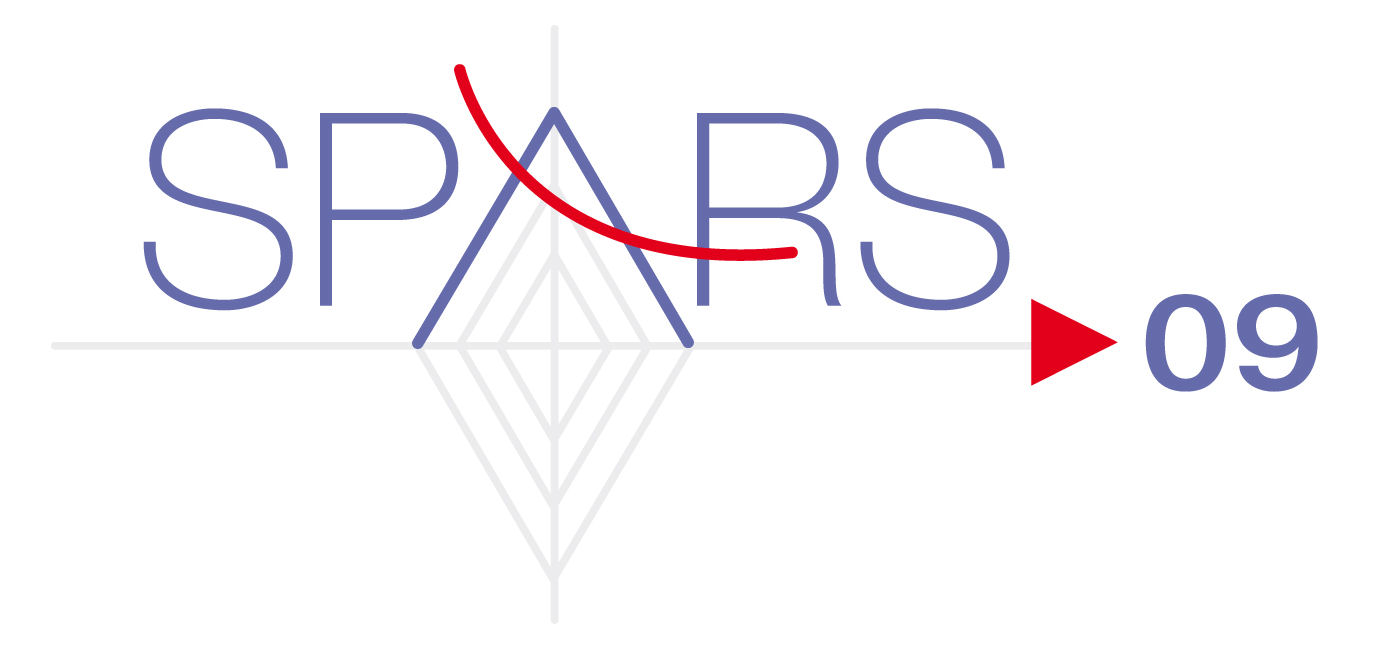Magnetic Resonance Spectrum Separation Using Sparse Representations and Wavelet Filters
Abstract
Magnetic Resonance spectroscopy (MRS) provides a “frequency-signal intensity” spectrum of multiple peaks that reflect the biochemical composition of a localized region in the body. The peak intensity or the area under each peak is proportional to the concentration of that assigned metabolite. Accurate quantification of in vivo MRS (measuring peak intensity or area) is very important to diagnose certain metabolic disorders. However, strongly overlapping metabolite peaks, poor knowledge about background component (the baseline), and low signalto- noise ratio (SNR) make the task difficult. In this paper, a novel spectrum separation method using sparse representations and wavelet filters is proposed to separate baseline and spectra of different metabolites and finally achieves an accurate MRS quantification. With the proposed method, the accuracy and the robustness of MRS quantification are improved, from simulation data, compared with a commonly used frequency-domain MRS quantification method. The quantification on tumor metabolism with in vivo brain MR spectra is also demonstrated.
Origin : Files produced by the author(s)

